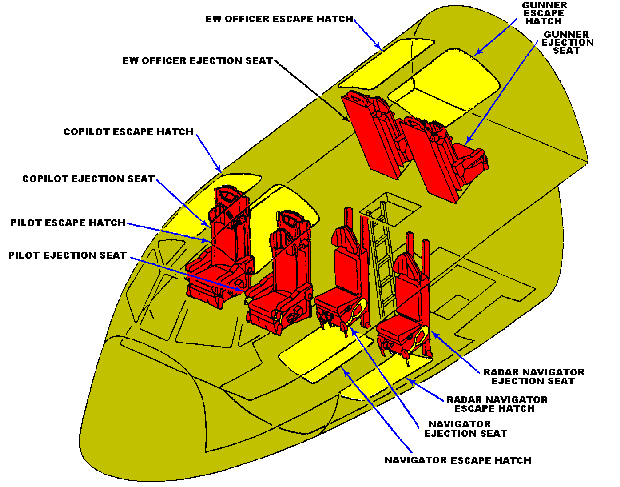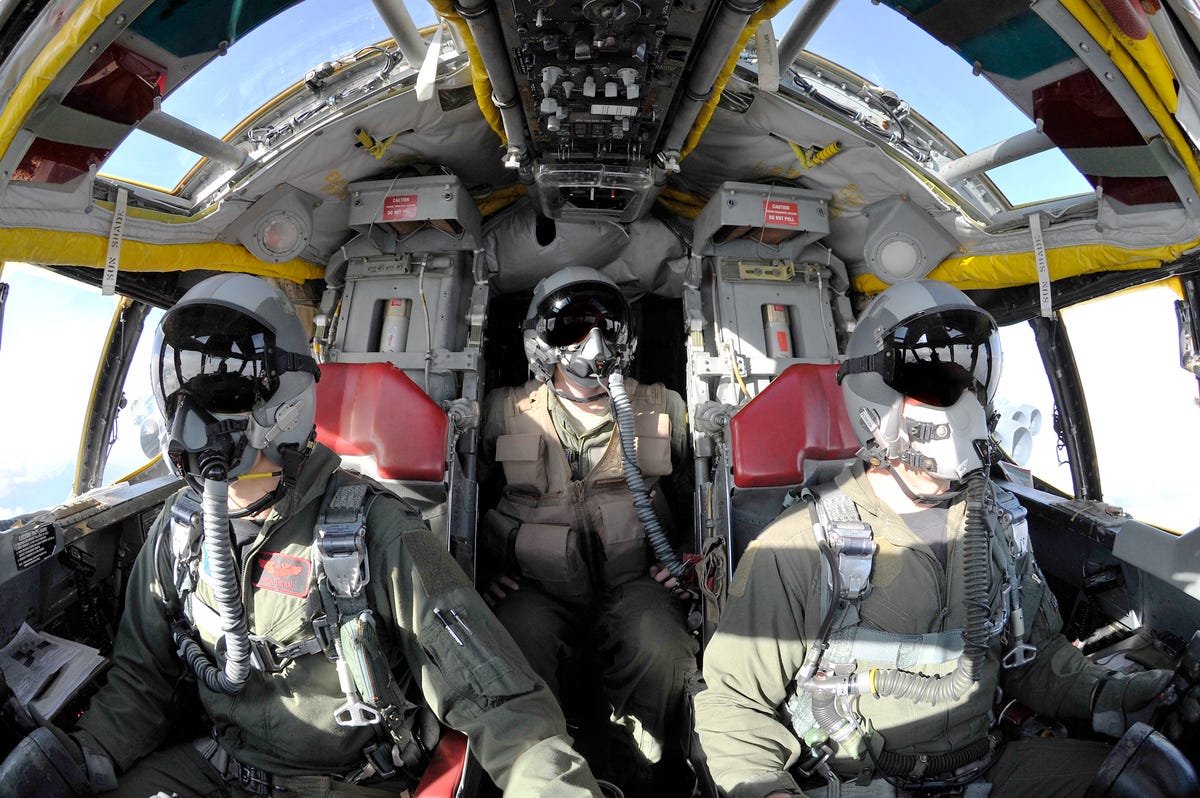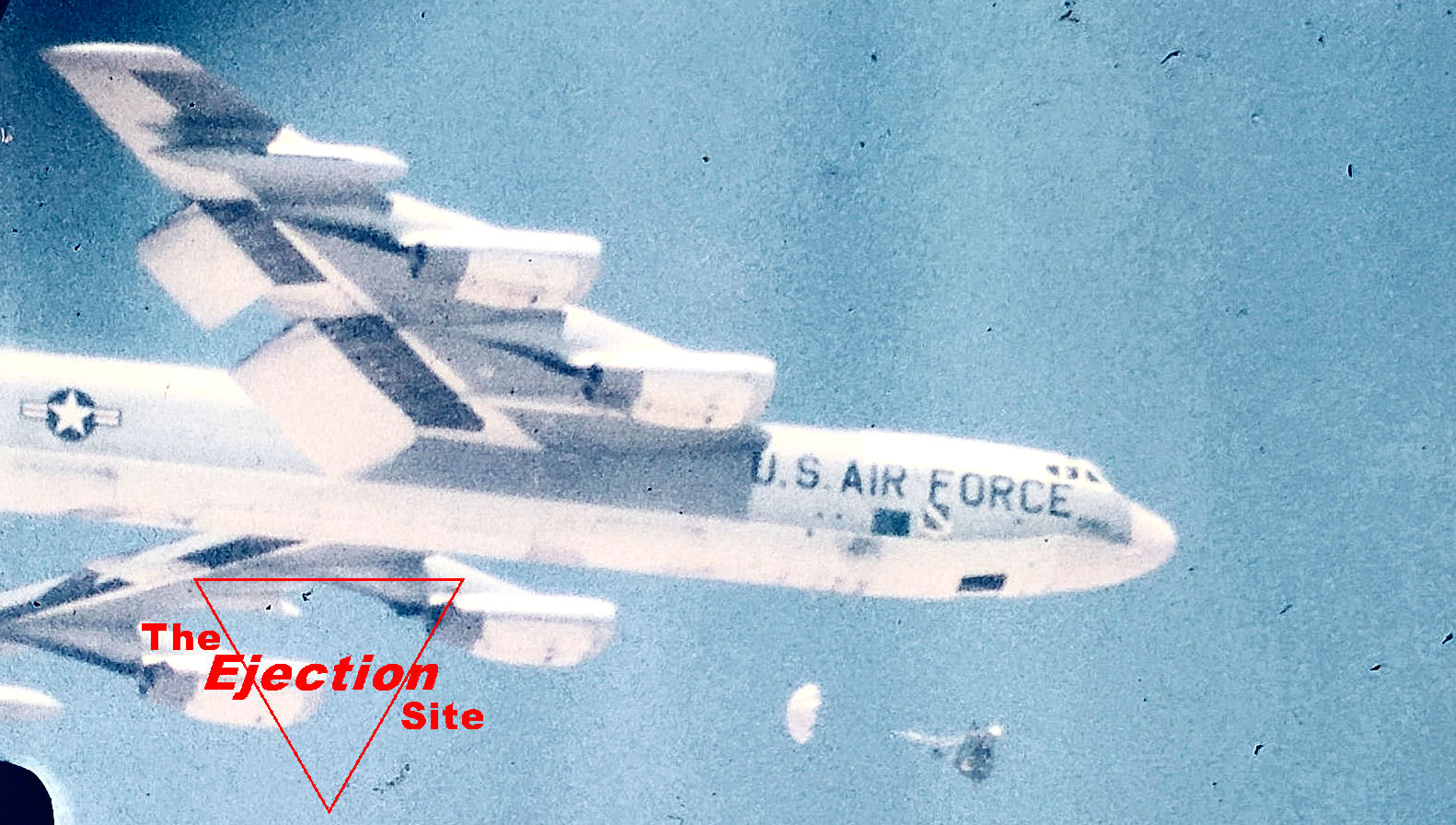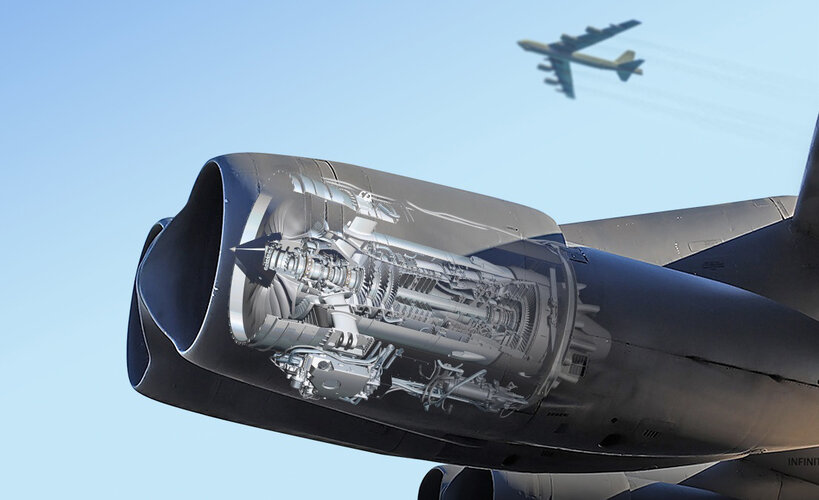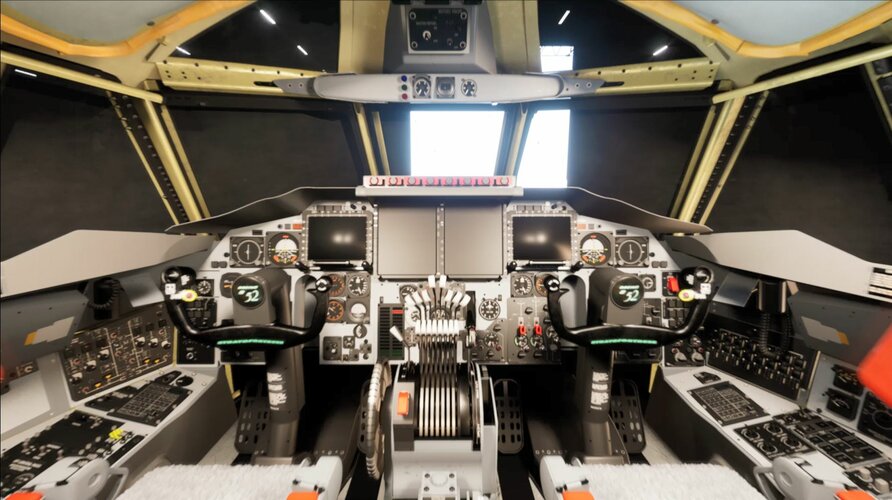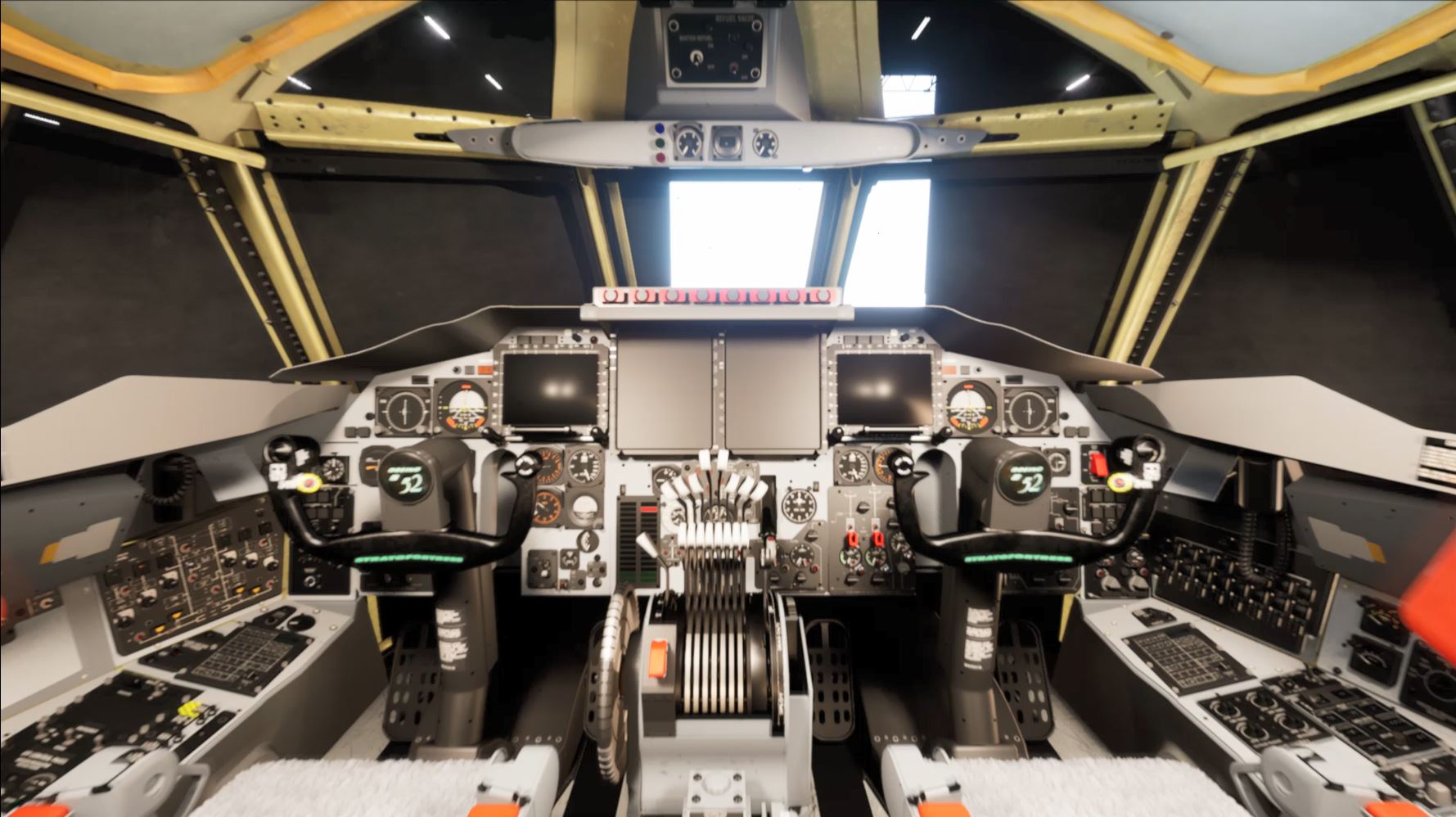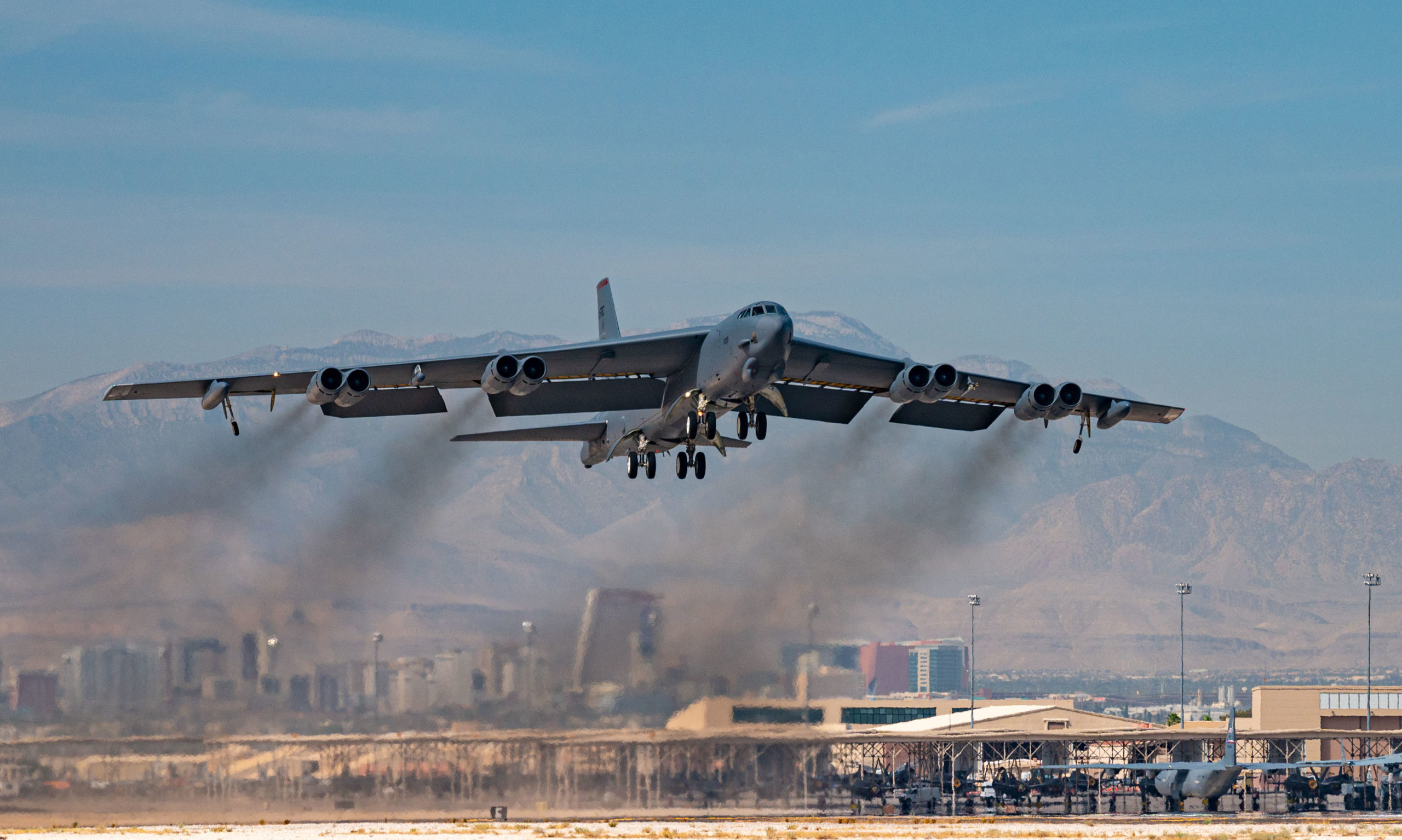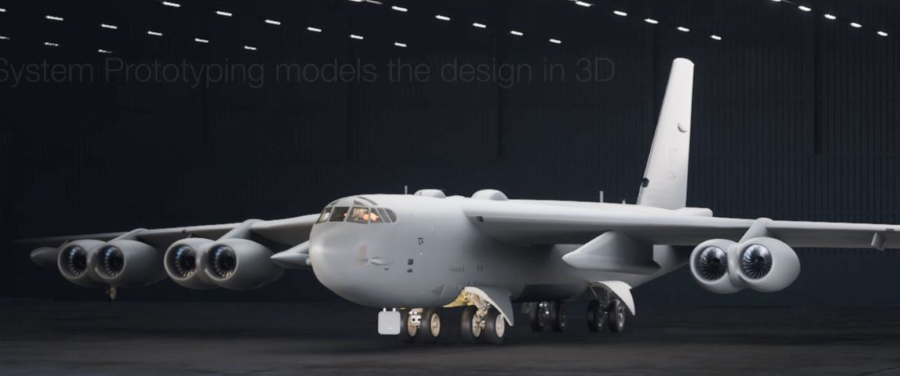Minimum aircrew was always 3. Pilot, Co-Pilot and Radar Navigator. EWO, Nav and Gunner are optional stateside, although for combat the EWO and Nav are typical crew, 6th seat can be an additional pilot if the mission exceeds 12 hours. Jump seats are IP, IN, IEWO and a hammock that goes behind the IP seat for up to 10 persons, 6 in ejections seats, 4 wear parachutes.Four crew members seem confirmed

B-52H air crews are now trained to operate with just four members - Alert 5
New students who graduated to fly the B-52 bomber this fall will be operating the eight-engine aircraft with four crew members instead of the usual five. The bomber has two pilots, one navigator, a weapon systems officer operating the radar, and an electronic warfare officer. When downsized to...alert5.com
Which directly bears on the controlled ejection sequence; Navigator first, the all the jump seat guys jump through the Nav's hatch with Radar as the jumpmaster, Radar, Defense, Co-Pilot, Pilot (hopefully I still pass my weekly knowledge quiz). Defense leaves after offense especially if the emergency is an avionics bay fire since the open top hatches would draw the fire into the offenders, pilots before the defense b/c in an uncontrolled ejection one of their hatches killed a defender.
If two seats are removed they are the Nav seat and the Gunner seat. Cool FYI, when NASA modified 0025 to replace 0008 they removed the Nav seat and so modified the jet that it could never return to service. Hence, after they let it sit idle for a few years we had to ferry it to Sheppard to become a maintenance trainer

